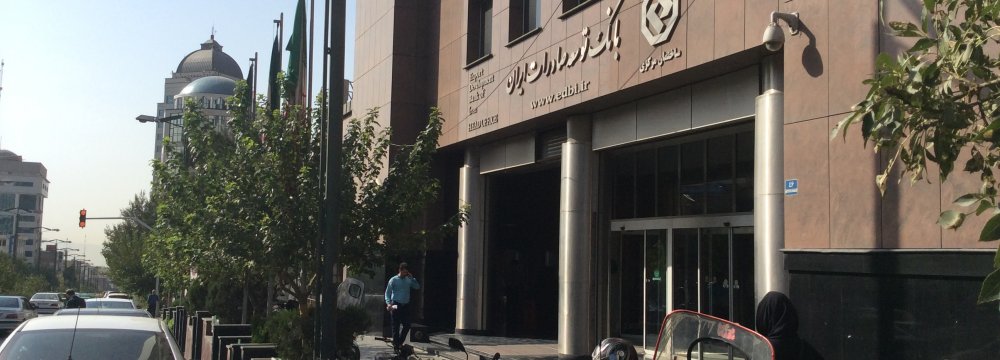The Export Development Bank of Iran is holding talks with the National Development Fund of Iran to open a $1 billion credit line to promote exports and offshore construction schemes, announced the bank’s chief executive on Saturday.
“We are in negotiation with NDFI so that a $1 billion credit line can be allocated to EDBI for supporting the export of technical and engineering services and launching infrastructural and construction projects in various countries,” Ali Salehabadi was also quoted as saying by IBENA.
“Subsequently, we will turn over this credit line to the exporters of technical and engineering services so that our companies can implement these infrastructural plans in foreign countries.”
Salehabadi said the governments of the importing country would act as the guarantor for the credit line.
“Neighboring countries such as Iraq, Afghanistan and Pakistan will be the first in line to receive the credit line. This is because the potential for cooperation with neighboring countries and the region is high,” he said.
The EDBI chief elaborated on the credit line, saying the bank he heads will pay Iranian exporters in cash, while the foreign buyers will purchase Iranian commodities through long-term deals.
“However, we will receive our money from target countries’ banks in one to six years,” he said.
“We have set a €50 million ceiling for the credit line that is to be allocated to Afghanistan.”
He stressed that these credit lines will help boost the export of Iranian goods.
“At first, we plan to extend the credit line to exporters who can connect with various countries. Furthermore, we are now ready to provide foreign buyers of Iranian commodities with credit lines to develop the export of Iranian goods,” he said.
Incentives
Salehabadi said the unification of exchange rates would benefit exports and Iran’s economy in general.
As to why there has been a delay in the unification of rates, he said one important reason is to allow the Central Bank of Iran more time to have a broader access to its overseas resources.
“So when necessary, the CBI could inject currency into the market to control it and cushion the fluctuations,” he said.
The unification of forex rates has long been on the government’s agenda, with President Hassan Rouhani underscoring the need for Iran to move toward unification last month.
CBI Governor Valiollah Seif recently announced that the policy would be in place before the end of the Iranian year in March 2017.
Stressing that Iranian companies will get access to more loans that will be allocated in line with their performance, the EDBI chief said with the rise in exports, the companies will receive more loans in rial and foreign currencies.
“In addition to the allocation of forex and rial loans to exporters, we have created the option of providing them with letters of credit, guarantees and payment orders,” he said.
Salehabadi noted that more than 10 trillion rials ($323 million) worth of rial loans have been allocated to exporters from the beginning of the current fiscal year (March 20) until July 21.





